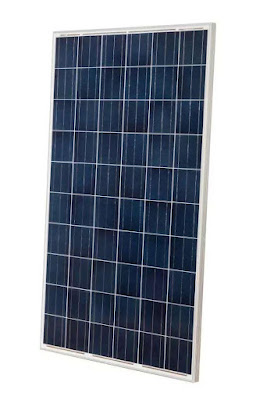The panel glass sheets used in photovoltaic cell modules is tempered glass with low iron content, ultra-white glossy surface or suede surface. Glossy glass is also called float glass, and suede glass is also called rolled glass. The thickness of common panel glass is generally 3.2mm and 4mm, and the thickness of building material type solar photovoltaic modules is 5-10mm. Regardless of thickness, the light transmittance is required to be above 90%, and the wavelength range of spectral response is 320-1100nm. Infrared light has high reflectivity.

Low iron means that the iron content of this glass is lower than that of ordinary glass, and the iron content (iron trioxide) is less than or equal to 150×l0-6, thereby increasing the light transmittance of the glass. Ultra-white means that because this glass has a lower iron content than ordinary glass, this glass is whiter than ordinary glass from the edge of the glass, and ordinary glass is greenish from the edge.
Suede means that in order to reduce the reflection of sunlight, the surface of the glass is subjected to anti-reflection treatment by physical and chemical methods, so that the surface of the glass becomes fluffy, thereby increasing the incidence of light. Some manufacturers also use sol-gel nanomaterials and precision coating technologies (such as magnetron sputtering, double-sided immersion, etc.) to coat a film containing nanomaterials on the glass surface. Increasing the light transmittance of the panel glass by more than 2% can also significantly reduce light reflection, and also has a self-cleaning function, which can reduce the pollution of the surface of the solar panel by rain and dust, keep it clean, reduce light decay, and improve power generation The rate is 1.5% to 3%.
The purpose of tempering is to increase the strength of the glass, resist the impact of wind, sand and hail, and protect the solar cells for a long time. The tempering treatment of panel glass is to heat the glass to about 700 ℃ through a horizontal tempering furnace, and use cold air to cool it quickly and uniformly, so that the surface forms uniform compressive stress, and the interior forms tensile stress, which effectively improves the bending resistance of the glass. and impact resistance. After tempering the panel glass, the strength of the glass can be increased by 4 to 5 times than that of ordinary glass.




No comments:
Post a Comment